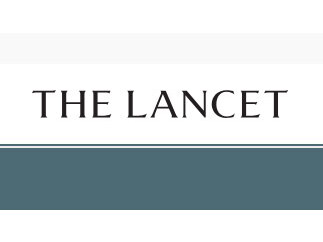The core of clinical practice guidelines is the recommendations, and the ideal situation for guidelines is an unequivocal body of evidence about the benefits and harms of different treatment options, and related costs and resources. However, when high quality evidence is lacking, a no guideline recommendation is the best recommendation in clinical practice, according to co-authors Michael Bretthauer, MD, PhD and Mette Kalager, MD, PhD, who published their comments in the September 15th edition of THE LANCET.
The authors outline several reasons why the current practice to provide recommendations for or against a specific treatment or test for all or most assigned clinical questions irrespective of the underlying evidence can be counterproductive, or even harmful for patients. They suggest if there is little or no evidence, guideline makers should refrain from making any recommendation. Rather, they suggest that in areas of uncertainty, guidelines should describe the available menu of choices and, most importantly, highlight the topic as priority for further research
“Clinical guideline panels should have the courage to make statements of no recommendation if the evidence base is weak. Such a recommendation could actually be the best guidance, and give impetus to important research,” the authors conclude.
Links
- The full article is available at: https://www.thelancet.com/journals/lancet/article/PIIS0140-6736(18)31671-4/fulltext
- THE LANCET VOLUME 392, ISSUE 10151, P898-899, SEPTEMBER 15, 2018
DOI:https://doi.org/10.1016/S0140-6736(18)31671-4
Michael Bretthauer, Mette Kalager
Clinical Effectiveness Research Group, University of Oslo, Oslo,
Norway (MB, MK); Department of Transplantation Medicine, Oslo
University Hospital, Oslo, Norway (MB, MK); Department of
Epidemiology, Harvard School of Public Health, Boston, MA, USA
(MB, MK); and Frontier Science Foundation, Boston, MA, USA (MB)
michael.bretthauer@medisin.uio.no
